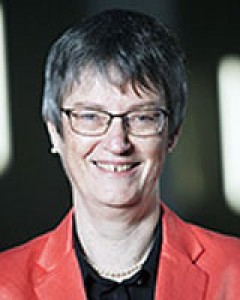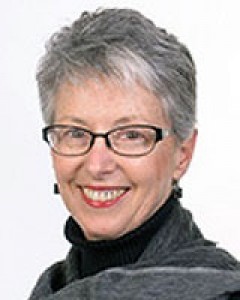early abstract:
Introduction: Medical faculties have the responsibility to graduate competent health professionals and a consequent obligation to assure the quality and effectiveness of their students’ clinical teaching. Many institutions are responding to rural workforce needs by extending clinical training from the traditional academic teaching hospital to include rural and remote sites distributed away from the central training institution. It is incumbent upon medical schools to consider how this might impact on the faculty development of these clinicians as teachers. The research reported here sought to develop an understanding of how clinicians working at distant resource-constrained and new training sites view their early experiences of having been delegated the task of clinical teaching. This was with a view to inform the development of initiatives that could strengthen their role as teachers.
Methods: Qualitative research using an interpretive approach was used to reach an understanding of the views and subjective experiences of clinicians taking on the role of clinical teaching. Participants were emerging clinical teachers at distant peri-urban, rural and deep rural sites. They were deemed to be emerging by virtue of either having recently taken on the role of clinical teacher, or working at sites newly used for clinical teaching. In-depth interviews were conducted with all nine clinicians meeting these criteria. The interviews were coded inductively looking for underlying meanings which were then grouped into categories.
Results: The findings clustered into three inter-related themes – relationships, responsibilities and resources. The clinicians take pleasure in developing learning relationships that enable students to have a good experience by participating actively in the clinical environment, value what students bring from the medical school in terms of clinical advances and different perspectives, and in the contribution that they feel they are making to creating a more appropriately trained future healthcare workforce. However, they yearn for a closer relationship with the medical school which they think could acknowledged the contributions they make, while also offering opportunities for them to become more effective clinical teachers. They also feel that they have a role to play in both curriculum re-alignment and student evaluation. These clinicians felt that the medical school has a responsibility to let them know if they are doing “the right thing” as clinical teachers. Interestingly, these participants see trusted clinical colleagues and mentors as a resource when needing advice or mentorship concerning clinical teaching.
Conclusion: This study adds to our understanding around designing faculty development initiatives that meet the needs of clinicians at distant sites that take on the role of clinical teaching. There remains the need to impart particular strategies to support the learning of particular kinds of knowledge that is commonly dealt with in faculty development. However, there may bean additional need for faculty developers to embrace what is known about rural doctor social learning systems by overtly designing for incorporation of the foundational three R’s - Relationships, Responsibilities and Resources.


